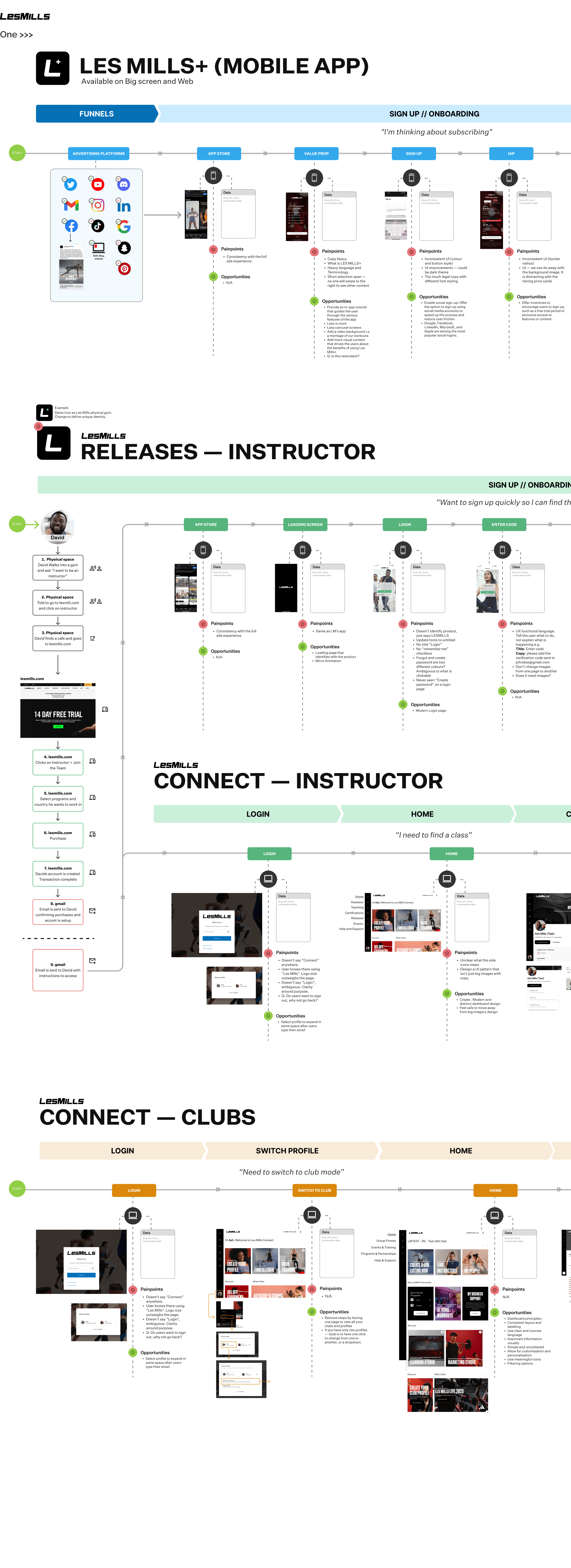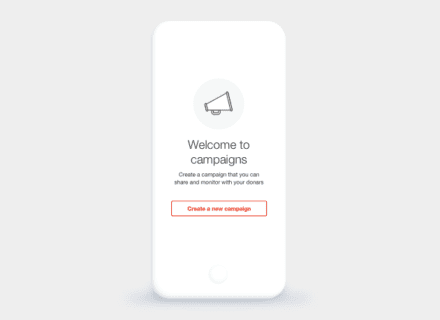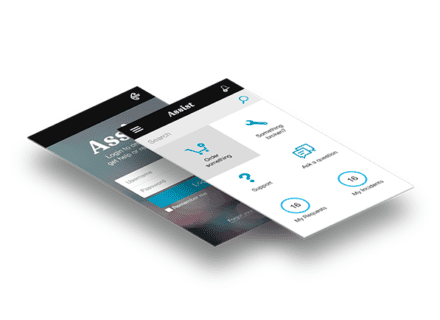LMI Customer Journeys
Context. As a part of a more complex project called OmniFitness, LMI worked on customer journeys to strategise how customer experiences can overlap, moving away from singular channels and towards customer journeys. This helped to mature the cross-functionality of the organisation.
Defining a customer journey presented new problems and opportunities for LMI.
- UX Design (Usability)
- Business (Viability)
- User (Value)
- Technology (Feasibility)
How: I interviewed LM customers, stakeholders, PMs, designers, and marketing to formalise their journeys. Using various customer journey templates, I tested and styled what was best for the organisation.
Learn’t: During the process of identifying unmet user needs and stepping into our customers’ shoes, we were able to prioritise our work better by focusing on areas that had higher drop-off rates and pain points, as supported by data and UX / market research. This helped us to optimise our work by adopting the 80/20 rule, increasing productivity and ensuring consistency across our products.
Changes: Our team conducted a comprehensive review of the sign-up process to minimise drop-offs. Additionally, we thoroughly examined the language and terminology used across our entire product range. Our objective was to realign the language with our marketing strategy to make it more user-friendly, approachable, and concise. We aimed to encourage customer personalisation by creating habits through variable rewards. We aim to effectively merge our physical and digital experiences to provide added value and deliver a unified customer experience.
- Date: 12/02/2023
- Categories: Product Design, UX, UX Research
- Client: LES MILLS INTERNATIONAL
- URL: https://try.lesmillsondemand.com/













